NANNING, CHINA—According to a Xinhua report, snake bones have been found among mammal remains at a Neolithic site in the Zuojiang River Basin in southern China. The snake is estimated to have been more than 15 feet long and belonged to the species Python bivittatus, or Burmese python. Yang Qingping of the Guangxi Institute of Cultural Relic Protection and Archaeology said that most of the recovered bones bear signs of butchering and possible burn marks. The snake, he added, is thought to have been hunted for food. To read about a snake eaten by a hunter-gatherer in what is now Texas some 1,500 years ago, go to "Snake Snack."
Python May Have Been on the Neolithic Menu in Southern China
News April 3, 2023
Recommended Articles
Digs & Discoveries March/April 2020
China's Carp Catchers
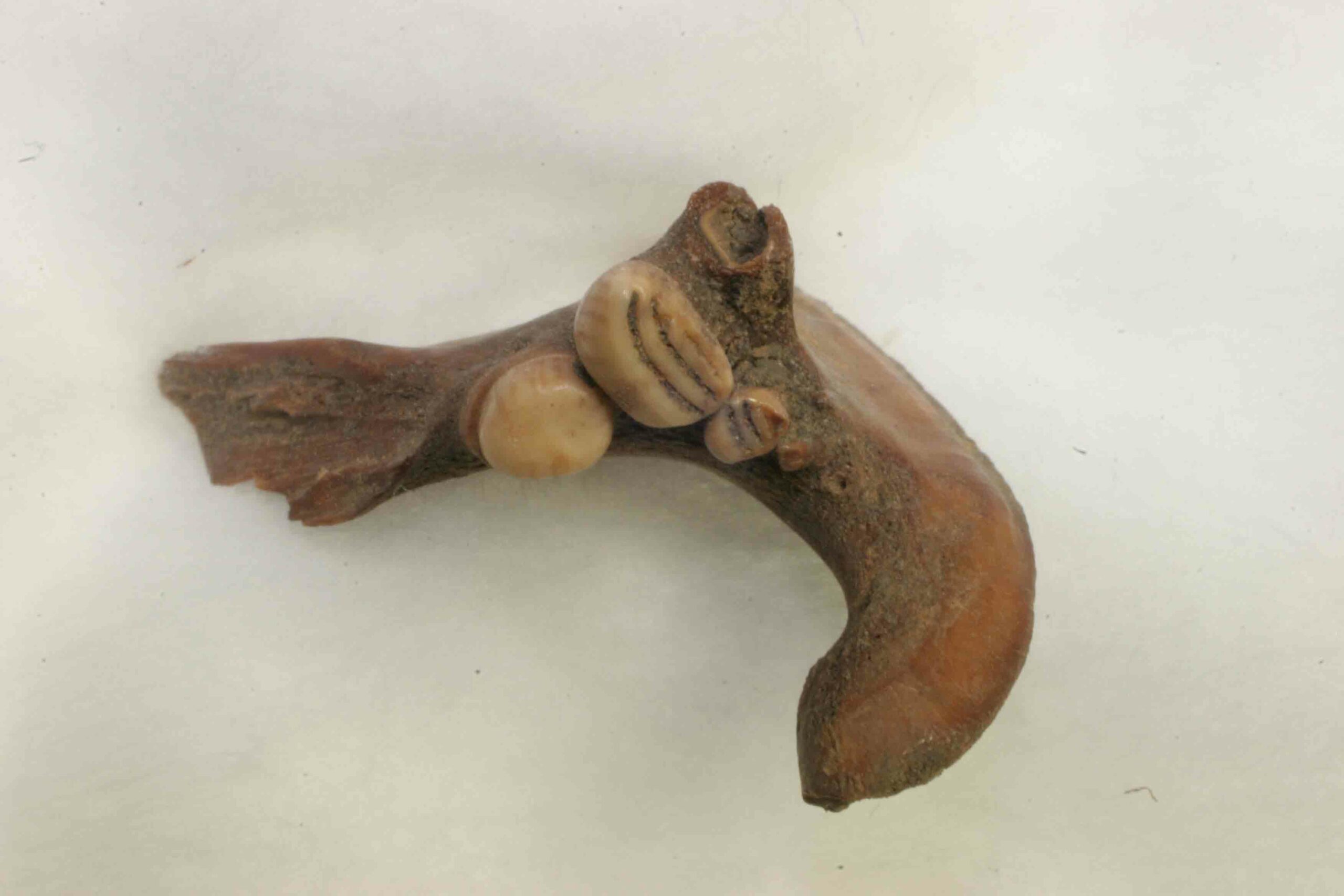
Letter from the Levant March/April 2025
On the Origin of the Pork Taboo
Exploring ancient people’s shifting beliefs about rearing and eating pigs
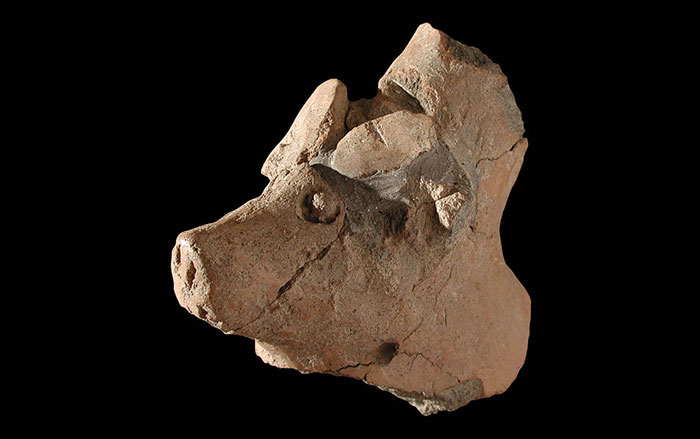
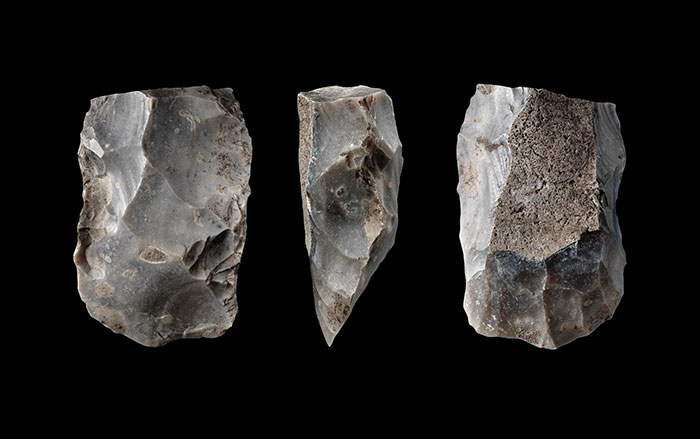
Digs & Discoveries September/October 2024
Location is Everything
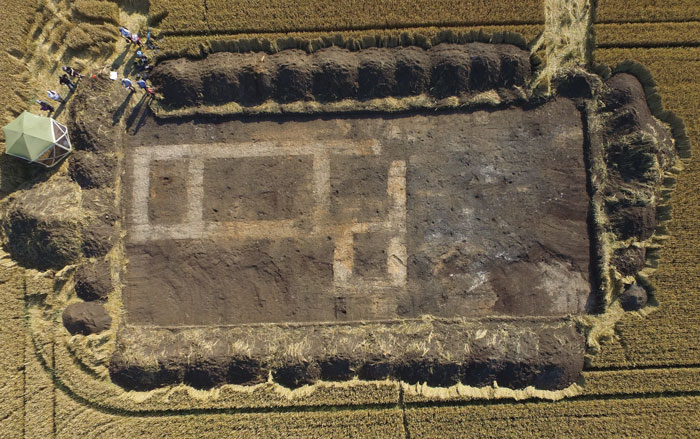
-
Features March/April 2023
The Shaman's Secrets
9,000 years ago, two people were buried in Germany with hundreds of ritual objects—who were they?
 Photographs Juraj Lipták
Photographs Juraj Lipták -
Letter from the Faroes March/April 2023
Lost History of the Sheep Islands
New evidence shows that the remote North Atlantic archipelago was settled hundreds of years before the Vikings reached its shores
 (Polhansen/Adobe Stock)
(Polhansen/Adobe Stock) -
Artifacts March/April 2023
Andean Wind Instruments
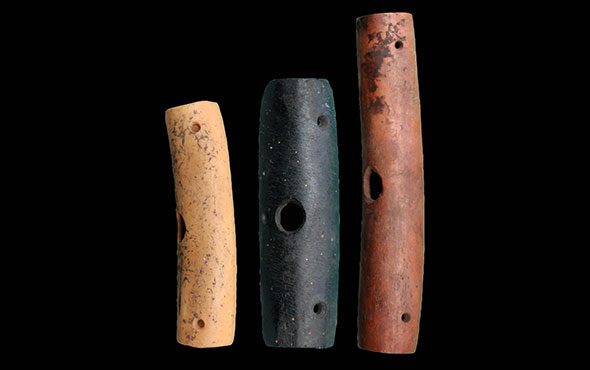 (Luis Manuel González La Rosa)
(Luis Manuel González La Rosa) -
Digs & Discoveries March/April 2023
Peru’s Lost Temple
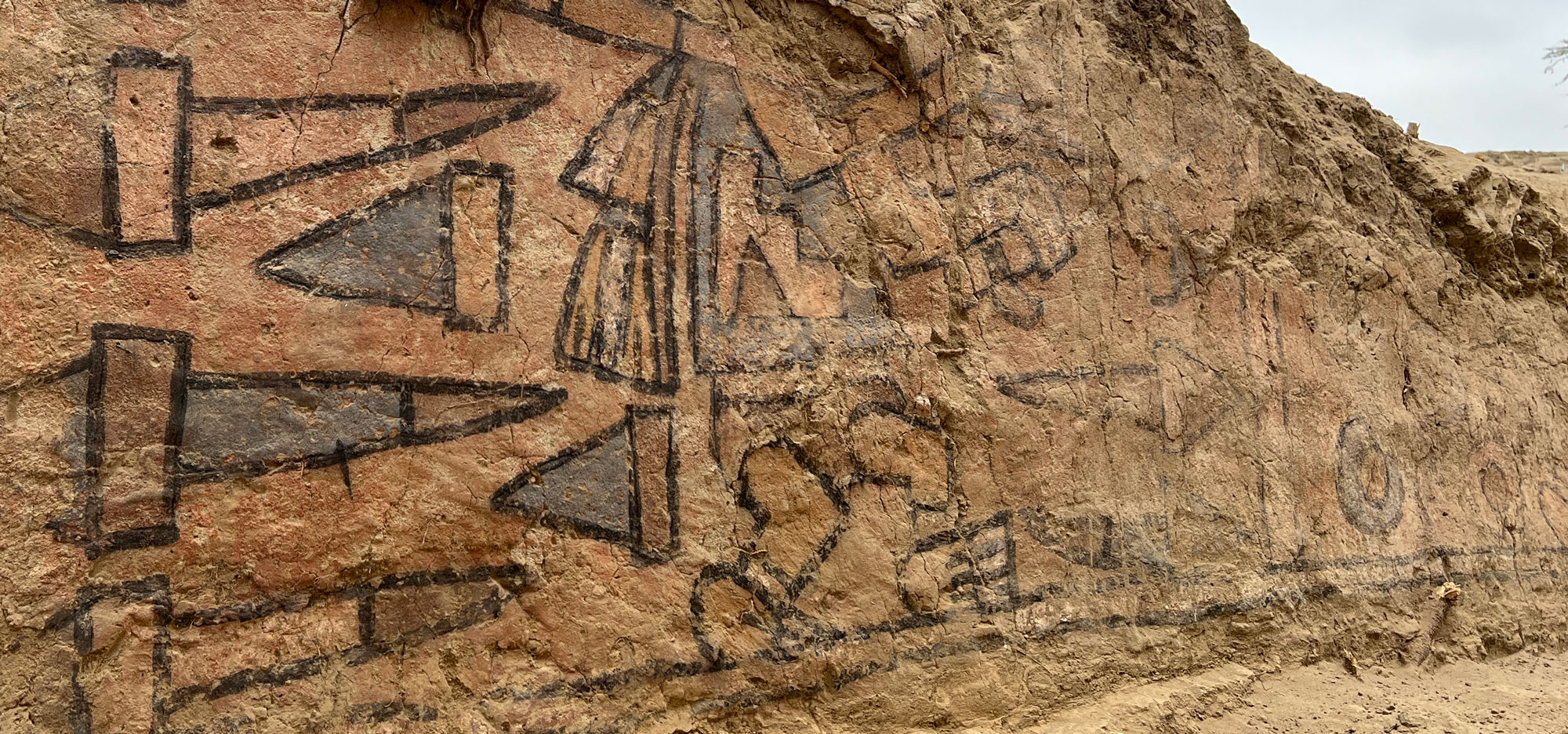 (Courtesy Sâm Ghavami)
(Courtesy Sâm Ghavami)


